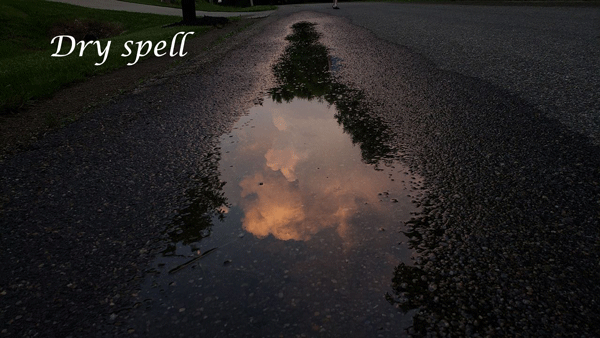Shimla, Feb 7,
Former Deputy Mayor of Shimla and Kerala urban commission member Tikender Singh Panwar, has urged the Himachal Pradesh government to declare the state drought-affected before the crisis worsens. In a letter to Chief Secretary Prabodh Saxena, he highlighted that the state has not received significant rainfall in over four to five months, leading to a severe water shortage that could devastate both drinking water supply and agriculture.
Support Independent Journalism Complete Your Membership
Choose Your Membership
Himachal Pradesh, known for its abundant rivers and streams, is now facing an unprecedented water crisis. Erratic weather patterns have worsened the situation over the past few years. Heavy precipitation in 2022 was followed by a sharp decline in rainfall in 2024, and by early 2025, rainfall has been almost absent. Panwar pointed out that while the Indian Meteorological Department has not adequately highlighted the severity of the issue, climatic studies indicate an alarming trend.
According to the 2023 State Climatology Report, Himachal Pradesh’s average temperature has increased by more than 1.5 degrees Celsius over the past century, with mountain regions experiencing the worst impact. This rise in temperature has led to faster snowmelt, declining glacier reserves, and reduced groundwater recharge, further worsening the water crisis. Between January 2024 and early February 2025, a rainfall deficit of over 90% has been recorded in many parts of the state.
Springs, the primary water source for many villages, are drying up at an alarming rate. If pre-monsoon rains also fail, the situation could escalate into a full-fledged drought. Panwar stressed that per capita water consumption needs, along with agricultural demands, cannot be met under the current circumstances, especially in the upcoming summer months when water demand peaks.
Many drinking water supply schemes in Himachal Pradesh depend on lift-based pumping systems, which are already under stress due to reduced water availability. Agriculture, the backbone of the state’s economy, is also at risk, with farmers struggling due to poor irrigation facilities and unregulated groundwater extraction further depleting natural reserves.
To tackle the crisis, Panwar recommended a structured approach with short-term, medium-term, and long-term measures. Immediate action includes an urgent audit of all water sources and supply networks to identify vulnerabilities. Repairing leakages, which currently cause a 40-50% water loss, could significantly improve availability. Equitable distribution must be ensured, as some regions receive water only once in four to five days—a situation that will worsen in summer.
Medium-term strategies should include the development of a Standard Operating Procedure for statewide water management and assigning local bodies the responsibility to audit water resources. A comprehensive policy is needed to regulate groundwater extraction, as unchecked borewell digging is depleting aquifers. Farmers should be encouraged to switch to water-efficient crops and adopt micro-irrigation techniques like drip irrigation.
Long-term measures should focus on redesigning water infrastructure. Instead of relying on energy-intensive lift-based pumping schemes, water retention at higher altitudes should be prioritized. Large-scale rainwater harvesting projects should be implemented across the state. Urban and industrial sectors must be required to recycle and reuse treated water for construction, irrigation, and industrial needs instead of using freshwater. The Himachal Institute of Public Administration should conduct training programs for government officials and community leaders to improve water conservation efforts.
Panwar urged the government to take proactive measures rather than waiting for the crisis to escalate into a full-blown disaster.






